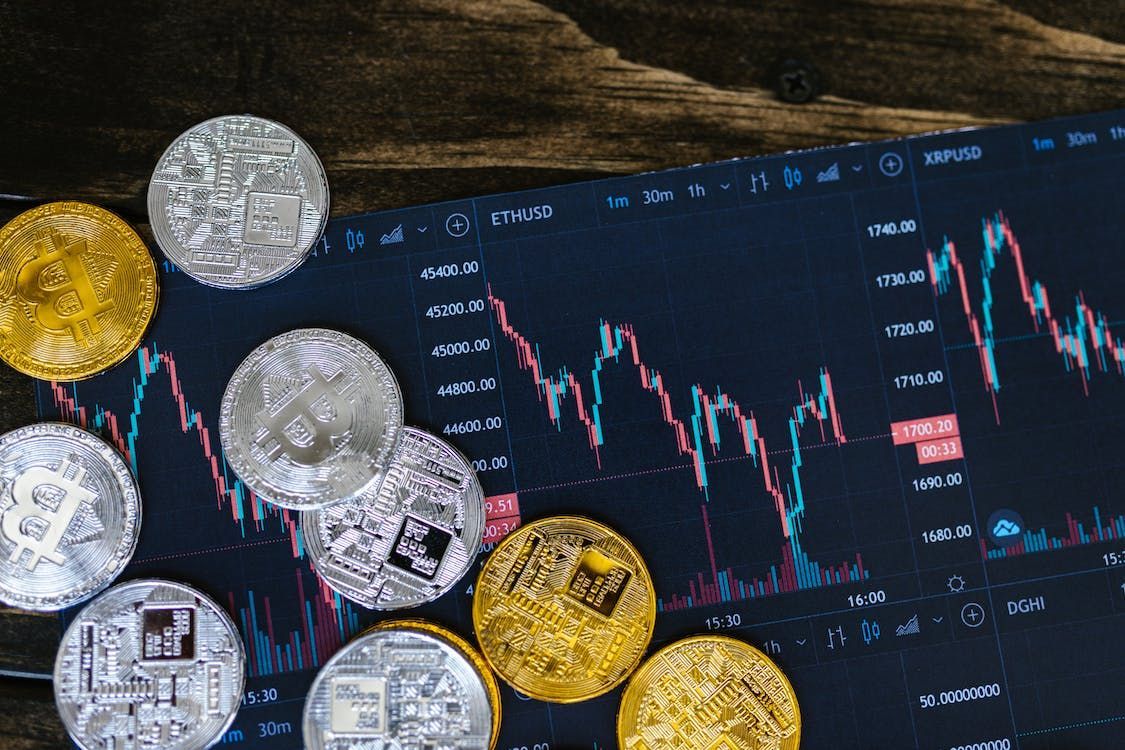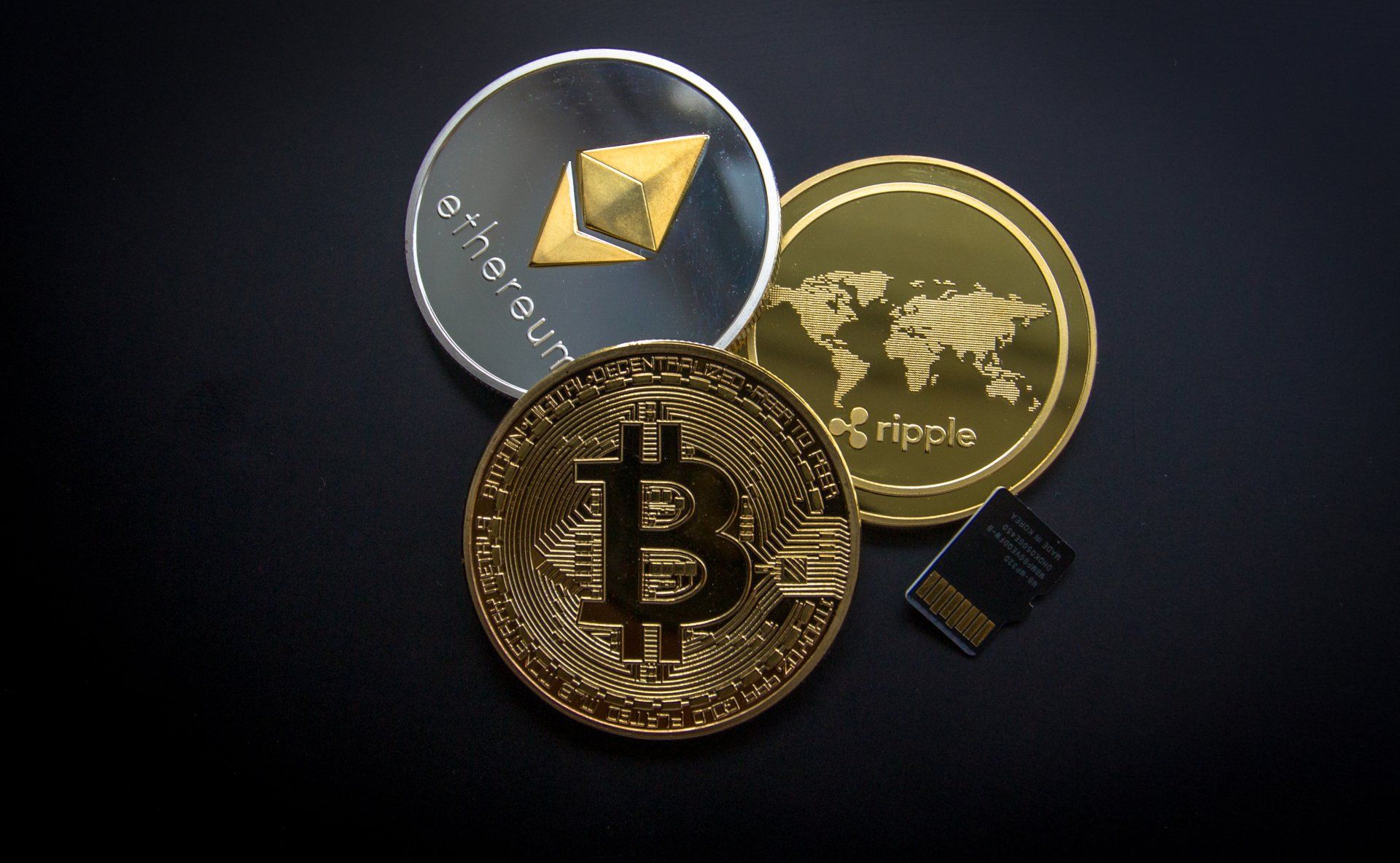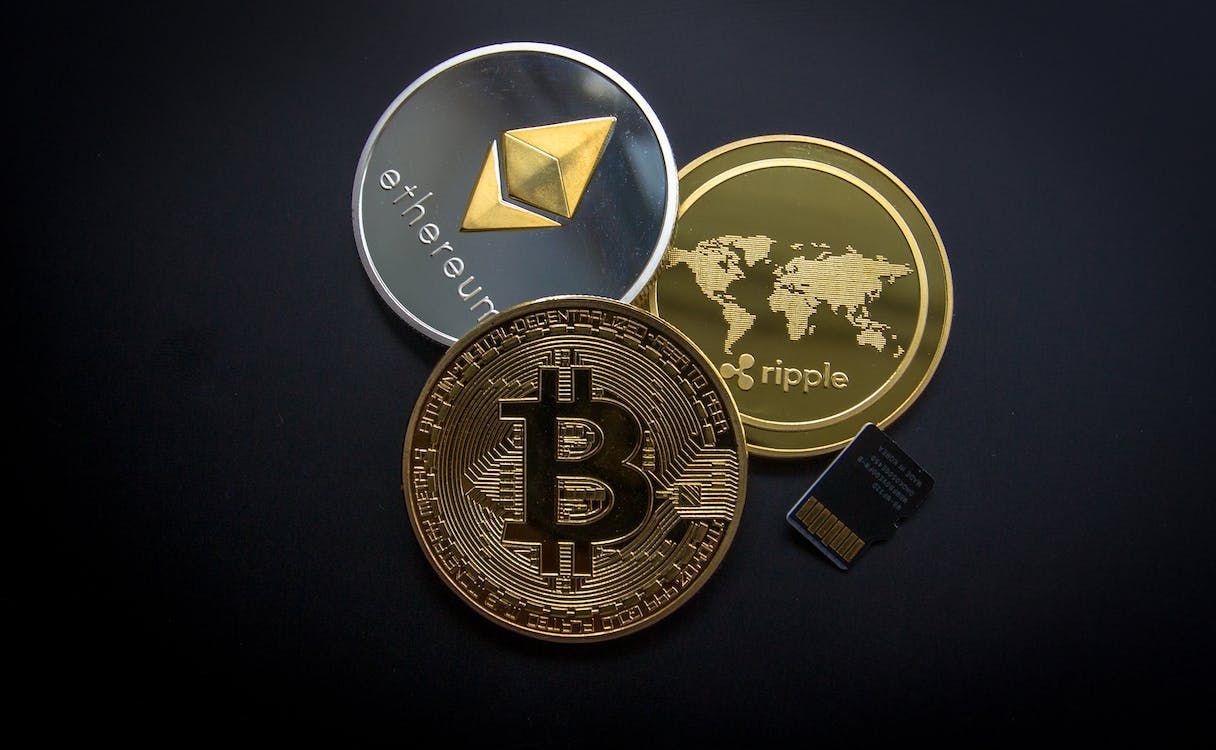Understanding Cryptocurrency Mining: How It Works and Why It Matters
Cryptocurrencies↗ have become increasingly popular recently, with Bitcoin being the most well-known. However, have you ever wondered how these digital currencies are created and maintained? The answer lies in cryptocurrency mining, a complex process that involves powerful hardware, software, and a deep understanding of blockchain technology. In this article, we'll explore the intricacies of cryptocurrency mining, its importance, and its challenges.
What is Cryptocurrency Mining?
Cryptocurrency mining↗ verifies transactions on a blockchain network and adds them to a public ledger. This process requires powerful computer hardware and specialized software to solve complex mathematical equations, which are used to confirm the legitimacy of transactions. In exchange for this work, miners receive a small amount of cryptocurrency as a reward.
How Does Cryptocurrency Mining Work?
- Blockchain Technology
Blockchain↗ is a decentralized ledger system that records all transactions made on the network. A transaction is broadcast to all nodes (miners) on the web when it is made. Each miner then works to verify the transaction and add it to the blockchain.
- Mining Hardware
Several types of mining hardware are used in cryptocurrency mining, including CPUs, GPUs, and ASICs. CPUs were the first hardware used for mining, but they quickly became obsolete due to their low processing power. GPUs, on the other hand, are much more powerful and are still widely used today. ASICs are even more potent than GPUs and are designed specifically for mining.
- Mining Software
To mine cryptocurrency, miners need software to connect them to the blockchain network and help them solve complex mathematical equations. There are several types of mining software, including wallets, mining pools, and mining clients. Wallets store cryptocurrencies, while mining pools allow multiple miners to work together and share the rewards. Mining clients are specialized software that connects miners to the blockchain network and helps them verify transactions.
- Popular Cryptocurrencies that Can Be Mined
Bitcoin, Ethereum, and Litecoin are some of the most popular cryptocurrencies that can be mined. Bitcoin is the most well-known and has a limited supply of 21 million coins. Ethereum is a not-centralized platform where developers can generate and launch decentralized applications. Litecoin is commonly identified as the silver cryptocurrency compared to Bitcoin, with a block generation time faster than Bitcoin.
Why is Cryptocurrency Mining Important?
- Verification of Transactions
Cryptocurrency mining is essential for verifying transactions on a blockchain network. Without miners, there would be no way to confirm the legitimacy of commerce, and the entire system would collapse.
- Creation of New Coins
Cryptocurrency mining also plays a crucial role in the creation of new coins. When a miner successfully verifies a block of transactions, they receive a reward as new coins. This process helps to regulate the supply of cash and prevent inflation.
- Decentralization of Cryptocurrencies
Cryptocurrencies are decentralized, meaning that any government or central authority does not control them. Cryptocurrency mining helps maintain this decentralization by ensuring that no single entity controls the network.
- Incentivization of Miners
Cryptocurrency mining is incentivized, meaning miners receive a reward for their work. This system encourages more people to participate in mining and helps maintain the network's security.
Challenges and Risks of Cryptocurrency Mining
- High Electricity Consumption
Cryptocurrency mining requires a lot of energy to power the hardware and run the software. This energy consumption has become a significant concern, as it can lead to high electricity bills and contribute to environmental issues.
- Increasing Difficulty Levels
As more miners join the network, the difficulty of mining increases. This means miners need more powerful hardware and software to compete for rewards. This has made it increasingly difficult for individuals to mine and has led to the formation of mining pools, where multiple miners work together to increase their chances of earning a reward.
- Risk of Hacks and Attacks
Cryptocurrency mining is not immune to cyber-attacks and hacking attempts. Hackers can gain control of a miner's hardware or software and steal their rewards or manipulate the network's transactions. To mitigate this risk, miners must ensure that their hardware and software are secure and use trusted mining pools.
- Government Regulations and Restrictions
Cryptocurrencies are still a relatively new concept, and many governments are still figuring out how to regulate them. Some countries have outright banned cryptocurrencies, while others have imposed strict regulations on mining and trading. These regulations can make it difficult for miners to operate and limit the cryptocurrency market's growth.
In conclusion, cryptocurrency mining↗ is a crucial process that plays a vital role in the cryptocurrency market. It is essential for verifying transactions, creating new coins, maintaining decentralization, and incentivizing miners. However, it has challenges and risks, including high electricity consumption, increasing difficulty levels, the risk of hacks and attacks, and government regulations and restrictions. As the market continues to evolve, staying informed and researching and learning about this complex process is essential.








